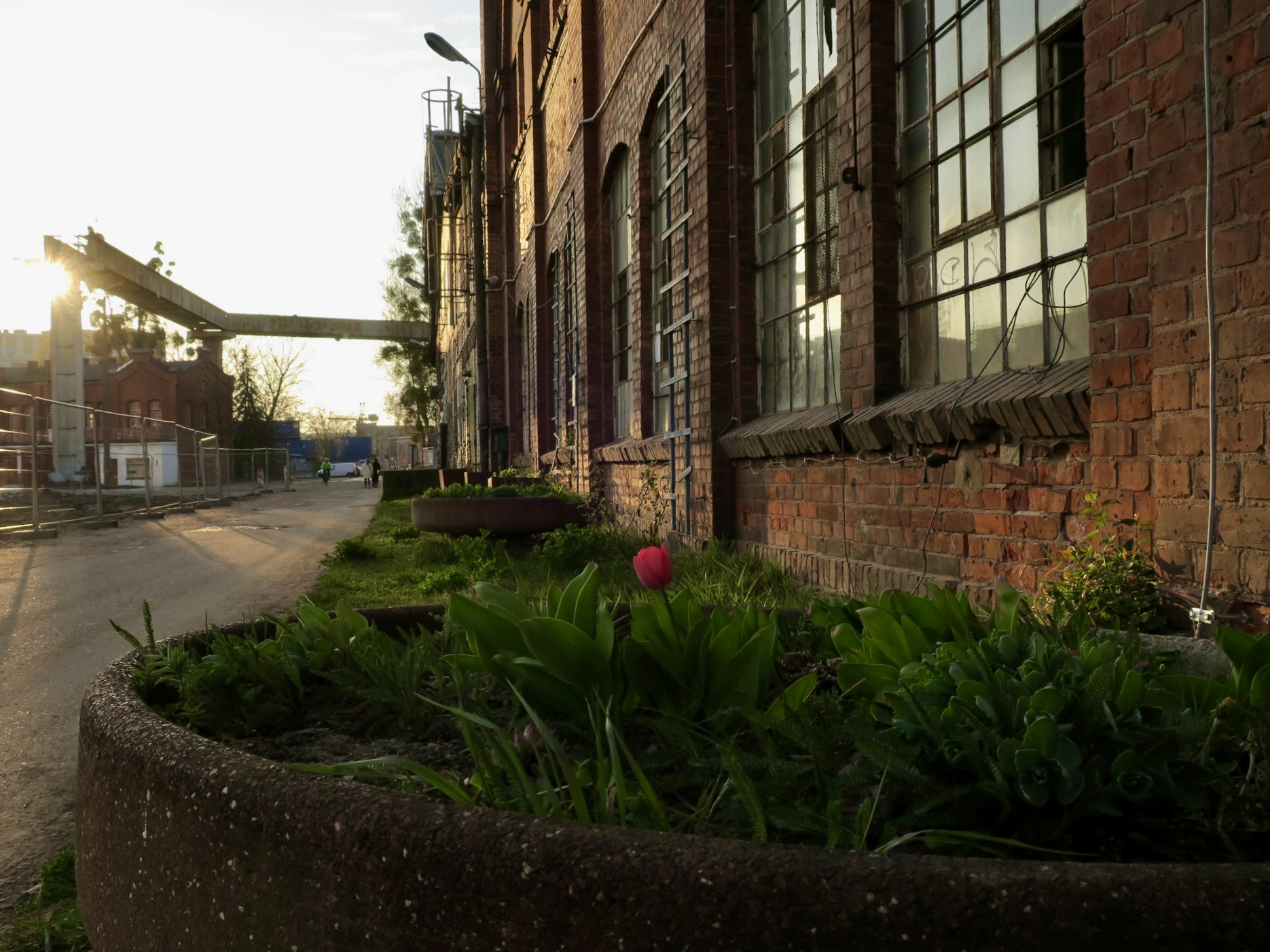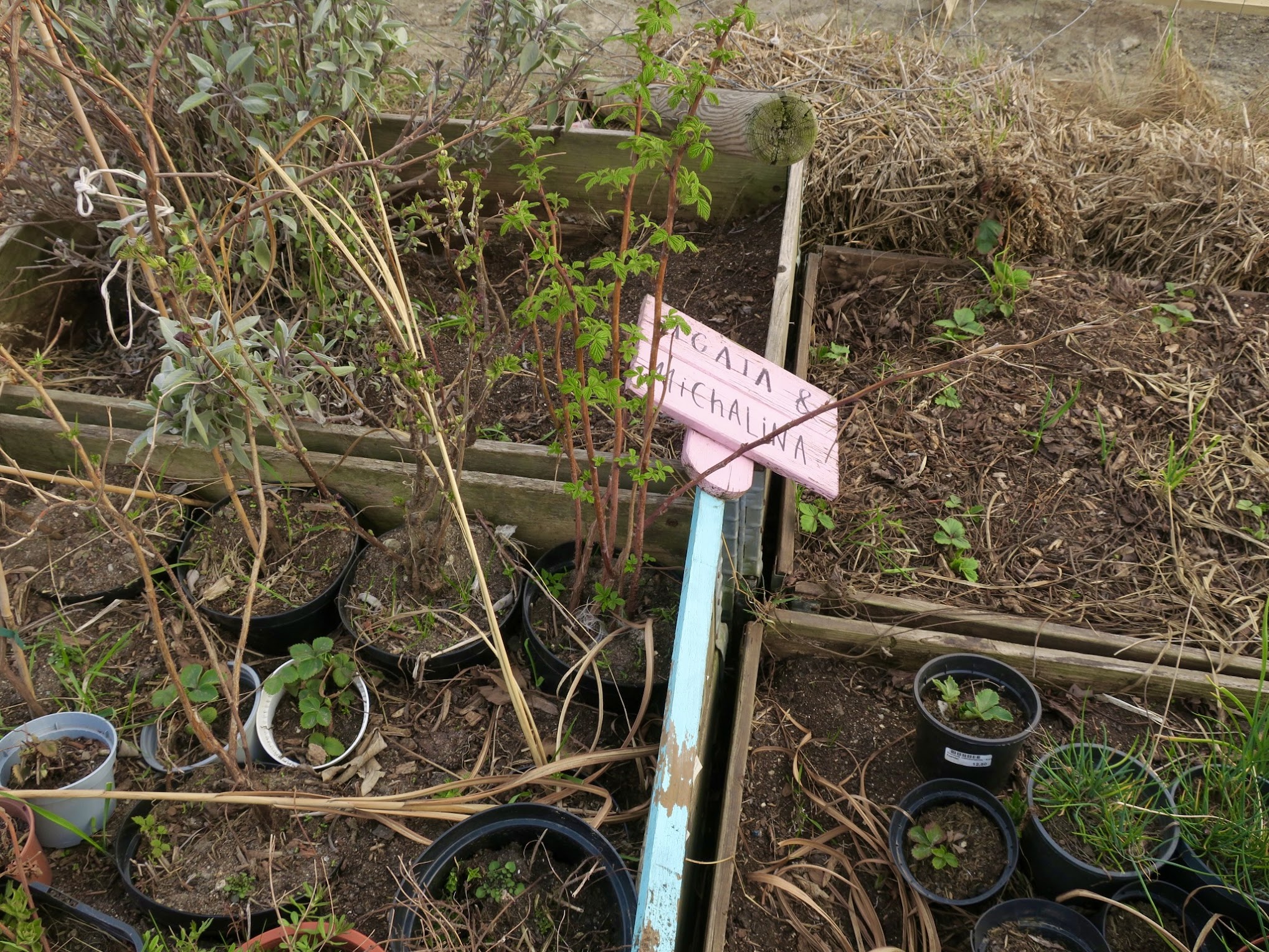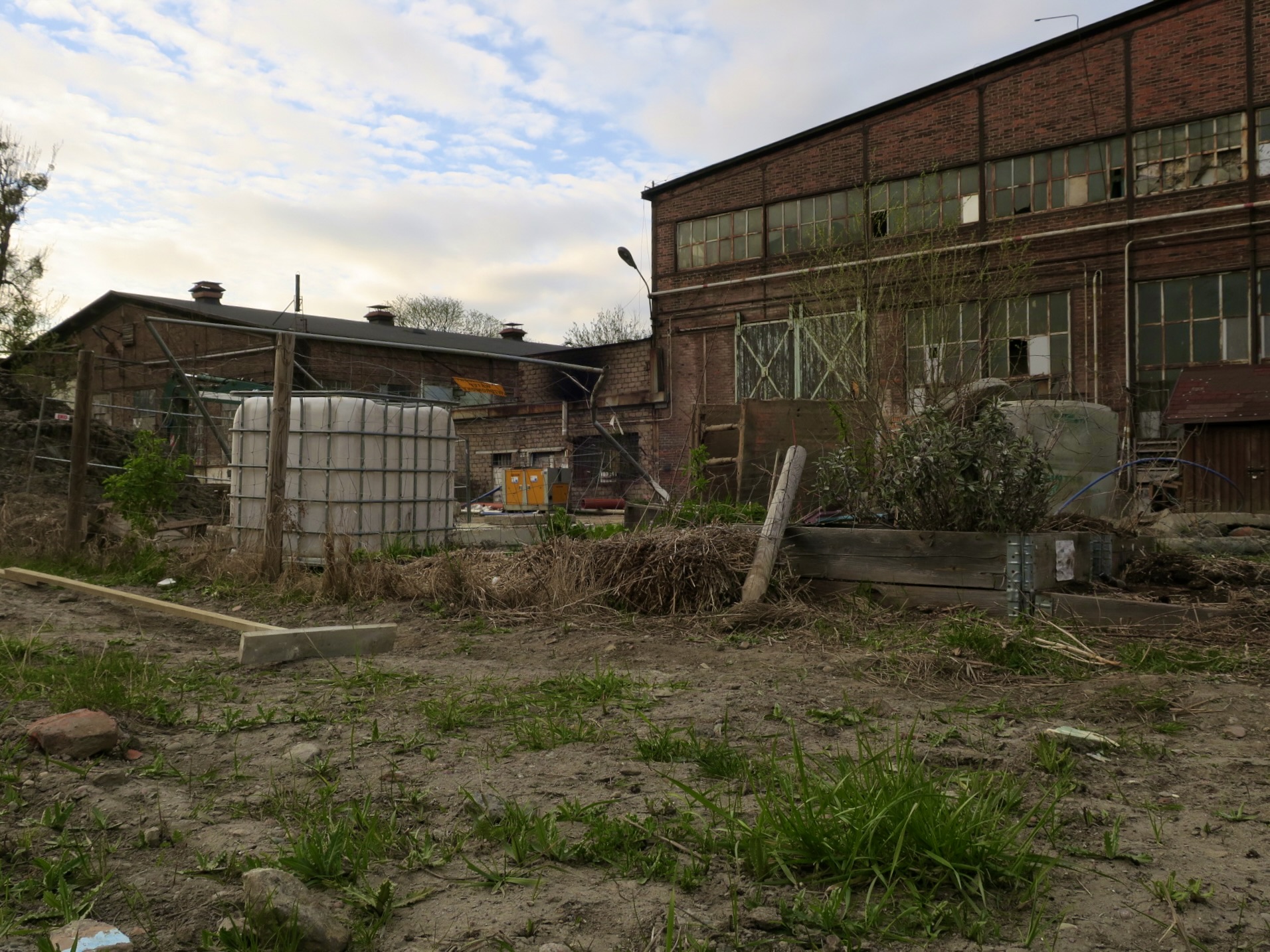THE OPEN GARDEN & GDAŃSK PART 2
THE OPEN GARDEN & GDAŃSK / PART 2
We continue the process of letting our ideas unfold and evolve through international encounters. Justyna Jakubiec (University of Utrecht) is carrying on with her exploration of the city of Gdańsk. Another location that she is paying attention to is Stocznia Cesarska (the Imperial Shipyard).
This historic location, with roots dating back to the 19th century, used to be closed and inaccessible. ⚓️This has started to change, particularly from 2018 onwards, when the Imperial Shipyard Tour Route was established. Also before that though, the Imperial Shipyard has become a magnet for artists and creatives, looking for ways of rethinking the space, together with its heritage – social, labour, urban, and more. The work of a Scottish-American artist ts Beall, who explored the natural environment of the shipyard and referred to the history of female workers growing flowers there, is still rooted in the area (photo 1).
The heritage of (edible) plant growing in the area re-emerges then. At the same time, it is provoking a set of transformations which, sometimes, are markers of the gentrification of this area. PLONY community garden, a local outdoor centre for the exchange of ecological knowledge and community building that was established in 2021 by Agata Biernacik and Michalina Jasińska, was forced to shut down due to construction plans in the area. Now, only demolished remnants of the garden are left (photo 2, 3). As the area of Stocznia Cesarska becomes more and more appealing, the question of conviviality is arising. 👥What is conviviality, especially in the spaces where transformations are taking place? Who and what is noticed, who and what is left behind?





